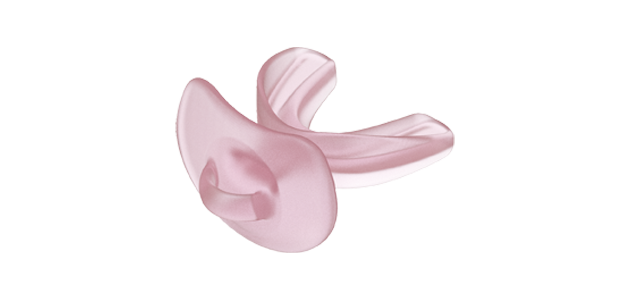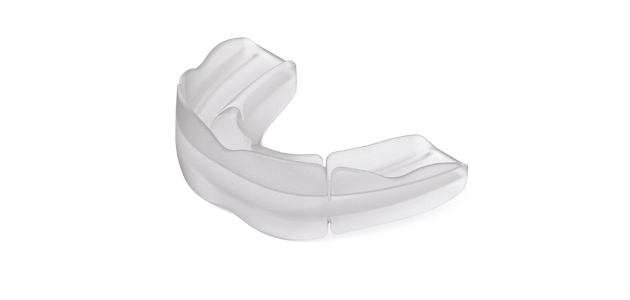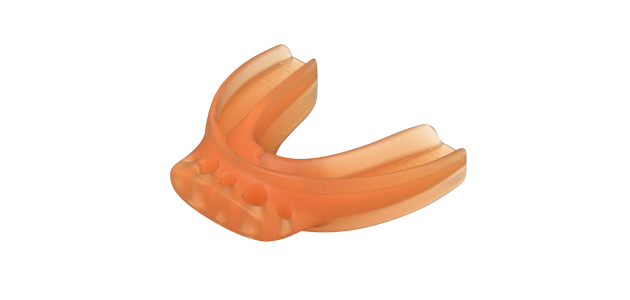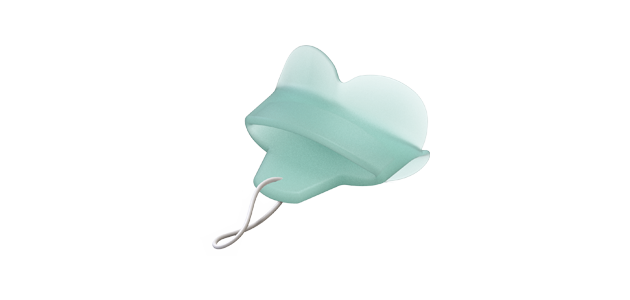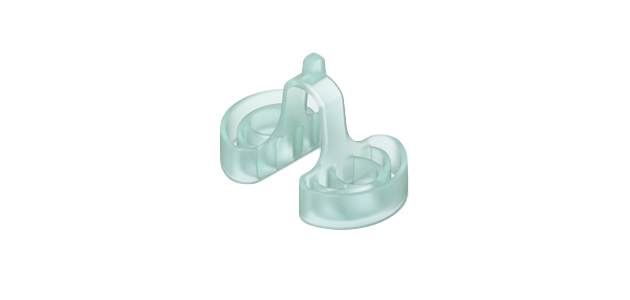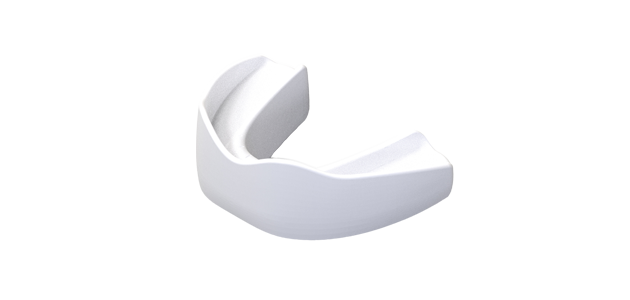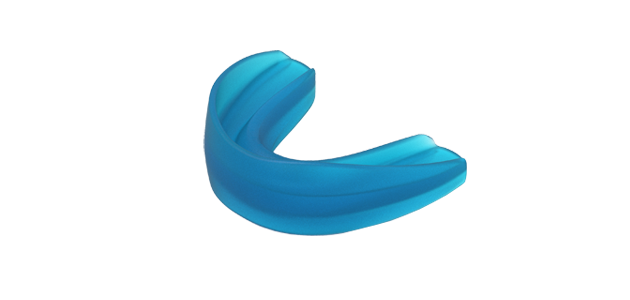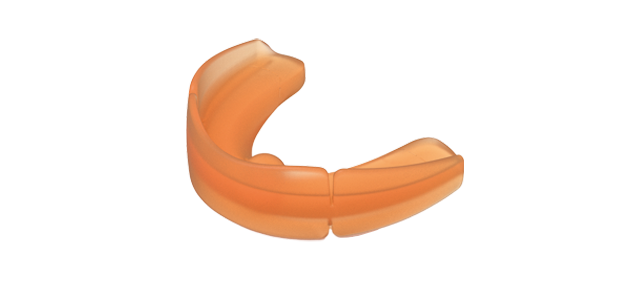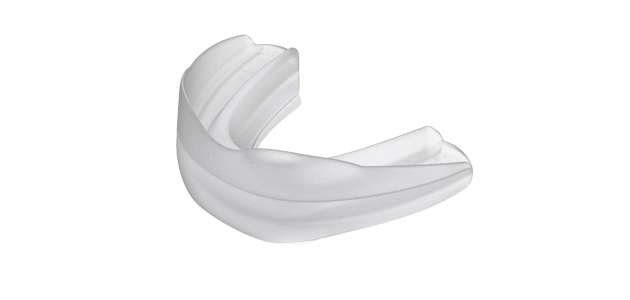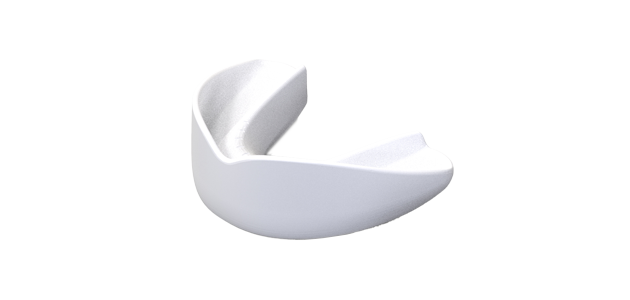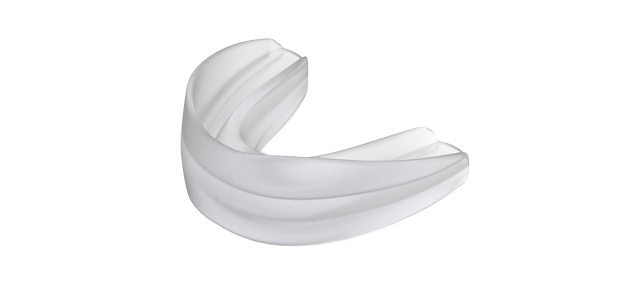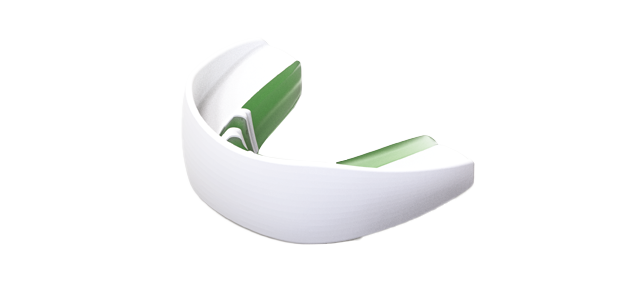EQUILIBRIODONTICS
the dentist's best ally in restoring dental harmony and the proper functions of the mouth.
The tool used is the Balancer, known as Eq. Eptamed.
What is an Eq. Eptamed used for?
What is an
Eq. Eptamed used for?
Order our products
Order
our products
Join hundreds of professionals around the world in using Eptamed Eq. devices.
Join hundreds of professionals around the world in using Eptamed Eq. devices.
Eq. Eptamed is a Class I medical device.
It is made from USP VI certified material
and with natural colors.
Eq. Eptamed is a Class I medical device made from USP VI certified material and with natural colors.
